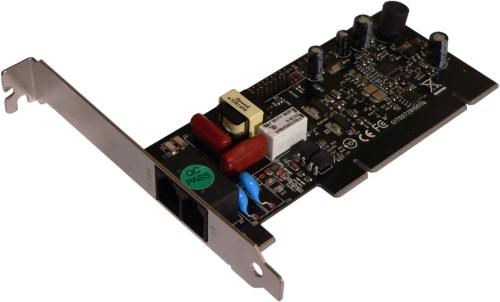

PC AM2RD790 PURE CROSSFIREX 790FX SERIES
AMD's current energy efficient "BE-2xxx" series will be phased out at that time. All of the new offerings will be based on AMD's Brisbane core and will feature a 45-Watt thermal envelope.
PC AM2RD790 PURE CROSSFIREX 790FX UPDATE
AMD will also update its "Energy Efficient" series and will release three new chips, the AMD Athlon 4850e, Athlon 4450e, and Athlon 4050e in Q2 2008.AMD's higher-end Athlon 64 X2 6400+ and Athlon 64 X2 6000+ will both be discontinued.Availability of these processors is scheduled for Q1 2008. Total L2 cache will be halved in the move to the Brisbane core, and the updated Athlon 64 X2 5600+ chips will feature only 1MB of L2 cache. AMD will also add 100 MHz to the core frequency of the Athlon 64 X2 5600+, now rated at 2.9 GHz. The previous Windsor-based chip of the same featured an 89-Watt TDP. The AMD Athlon 64 X2 5600+ will be the first to jump on the new 65nm K8 bandwagon with a 65W TDP.Although with the new SB700 south bridge offering six native SATA right around the corner, I’d keep in mind that there are possible new revisions – Foxconn has already shown off 790FX boards featuring the SB700 south bridge.AMD will move any remaining Athlon 64 processors from the 90nm node to the 65nm node, with a few new frequency and TDP variations. Sapphire includes a couple extra SATA ports from a Silicon Image controller, so we have a total of six on this board compared to most other boards four. Despite there being no explicit PCI-Express x1 slots, the x16 and x4 slots will double up if you have x1 peripheral cards. The three PCI slots should keep many people happy too, and the big bonus here is that you can use two of them even when there are three dual height graphics cards installed.

The PCI-Express x4 slot is unfortunately not open-ended, but that’s nothing a Dremel wouldn’t quickly fix. The PCI-Express slots have ample room underneath for dual height cards the memory slots don’t conflict with them either and the SATA and IDE ports are angled at 90 degrees to the board where necessary – it all works.įeature-wise, there are three PCI-Express 2.0 slots, as opposed to four for CrossFireX – this gives you some choice in the market at least – do you go for three more powerful dual height cards, or four that fit single slots? That is, depending on whether you have enough space for the bottom one in the black slot, at the very base of your case. In fact, while the general layout is a little different than what you’d normally expect, it is still very good – we found no conflicts and there’s plenty of space where there needs to be. This condenses the ATX power socket and some power regulation components but it’s all fitted very well – the only issue is that the CPU socket is quite close to the DIMMs, but that’s necessary because of the integrated memory controller in the CPU. Under the big aluminium heatsink, the seven-phase digital PWM and array of ceramic capacitors pushes the CPU socket further right than usual, meaning the memory is pushed out towards the edge as well. There’s no additional fan supplied in the box like the one that Asus includes with all of its heatpiped boards (should you need it) and given the single orientation of the AM2+ socket there’s no guarantee that it will get any airflow from the CPU socket. What gets me is that there are clearly slots and screw holes for extra hardware to attach (DFI trans-piper), yet nothing is supplied – during testing, we found that a 125W AMD Athlon 64 X2 6000+ under load would cause the large heatsink to heat up quite a bit – while our first board was unstable without extra airflow, the second board we used seemed a lot happier and a lot cooler. A good thing to note here is that all of the heatsinks are thankfully screwed down to ensure the best possible contact. This is at one end of a single chrome plated heatpipe running through the middle of the north bridge heatsink and down to the south bridge’s heatsink – both are much smaller than the PWM heatsink and are aluminium. The one thing you notice is the simply massive heatsink used to cool the digital PWMs. Board LayoutThe now “standard black” PCB plays as a base to many colours on the board – this is not typical LANParty attire of UV-adorned parts – Sapphire has customised the look to make it fit a more open free-for-all approach, with different colours merely differentiating the different parts.


 0 kommentar(er)
0 kommentar(er)
